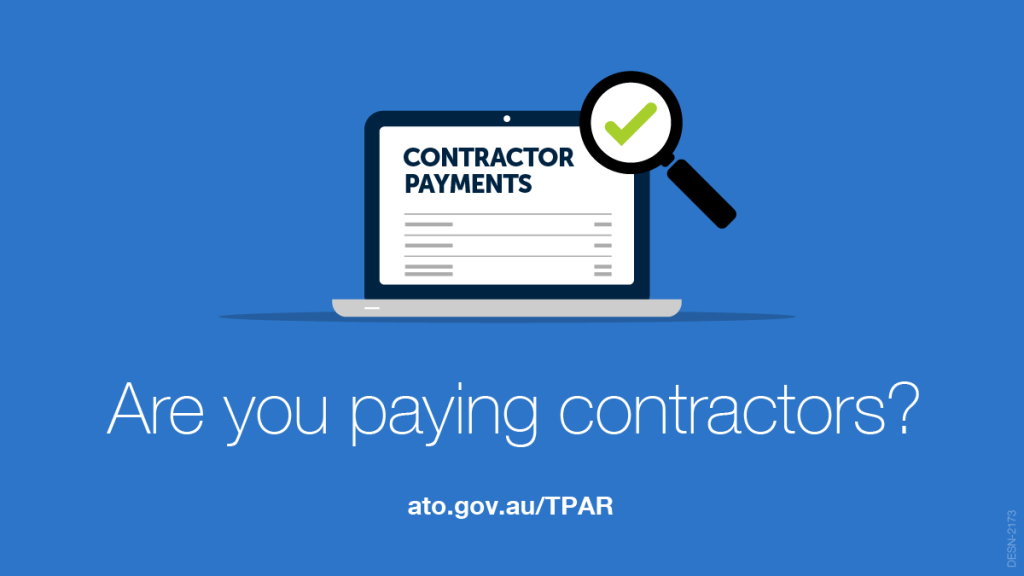For certain businesses and contractors operating in nominated industries, the Taxable Payments Annual Report (TPAR) is an essential requirement to be lodged with the ATO by 28th August 2023. This document requires businesses to report on payments made to contractors and any tax withheld. In this blog, we will delve into the details of the TPAR, explaining what it is, who needs to lodge it, and how to comply with its obligations.
1. Understanding the Taxable Payments Annual Report:
The TPAR is a report submitted to the ATO, providing details of payments made to contractors during a financial year. Detailed information such as ABN, addresses and tax withheld are to be reported by no later than the 28th August 2023. It was initially introduced in the construction industry to tackle cash-in-hand payments and non-compliance with tax obligations. Over time, the reporting requirement expanded to include additional industries, such as cleaning, courier, IT and building industries.
2. Who Needs to Lodge the TPAR?
If your business operates in one of the specified industries, you may be required to lodge a TPAR. Generally, businesses that hire contractors or subcontractors to perform services within those industries may need to report the payments made to these individuals or entities. The list continues to grow as the ATO identifies contract heavy industries but currently include;
a. Building and construction services
b. Cleaning services
c. Road freight & courier services
d. Information technology services
e. Security, investigation or surveillance services
3. Reporting Requirements and Deadlines:
To fulfill your obligations under the TPAR, you need to collect specific information about the contractors or subcontractors you engage. This information includes their name, address, Australian Business Number (ABN), and the total payments made to them during the financial year. A copy of the substantiating documentation must be kept the business records in the event of an audit. Furthermore, items reported in TPAR are then reconciles when the company’s tax returns are lodged.
4. How to Comply with TPAR Obligations:
To ensure compliance with TPAR requirements, businesses should follow these steps:
a. Determine if your business falls within the industries covered by the TPAR.
b. Keep accurate records of all contractor payments throughout the financial year.
c. Collect the necessary details from contractors, including their ABN and contact information.
d. Calculate the total payments made to each contractor.
e. Prepare the TPAR using the designated reporting method (e.g. online form or software).
f. Lodge the TPAR with the tax authorities by the specified deadline.
g. Most importantly get in touch with the team at Omnia Business Solutions
5. Consequences of Non-Compliance:
Failing to lodge the TPAR by the nominated due date or providing incorrect information may result in penalties or other enforcement actions by the ATO. Penalties can vary depending on the jurisdiction and the severity of the non-compliance, but the ATO are known to automatically penalise businesses who fail to lodge by the due date. It is crucial to understand your obligations and meet the reporting requirements to avoid any potential issues.
The Taxable Payments Annual Report is an important compliance obligation for businesses operating in specified industries. By accurately reporting payments made to contractors and subcontractors, businesses contribute to increased transparency. Familiarising yourself with the TPAR requirements, maintaining proper records, and meeting reporting deadlines will ensure compliance and prevent any potential penalties.
As always the team at Omnia Business Solutions are here to help – so reach out and let the team take care of your TPAR needs.


